Archive Section
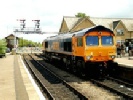

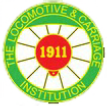

Saturday 17th May 2014
© Text & Photos Tom Chaffin
Our AGM in 2014 was held in Wirksworth, with travel from Duffield, on the Matlock line from Derby, being on the Ecclesbourne Valley Railway
Click images for an enlargement
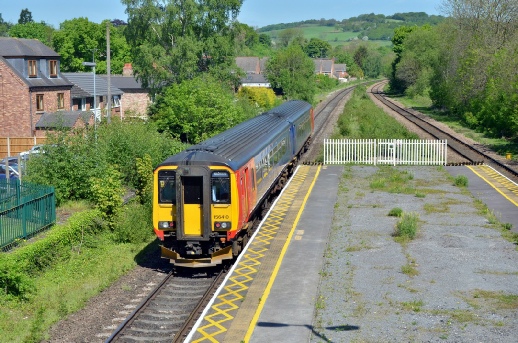
Travel to Duffield from Derby was by East Midlands Train Metro Cammell DMU 156 410, seen here as it departs for Matlock
And another Metro Cammell DMU! Travel from Duffield was on a three-
More information on this vehicle at: E50170
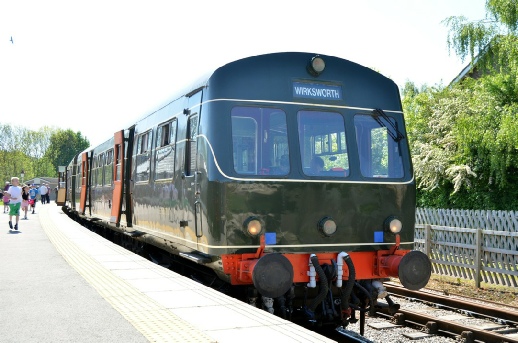
The Institution headboard was placed on the front of E50170 before departure from Duffield.
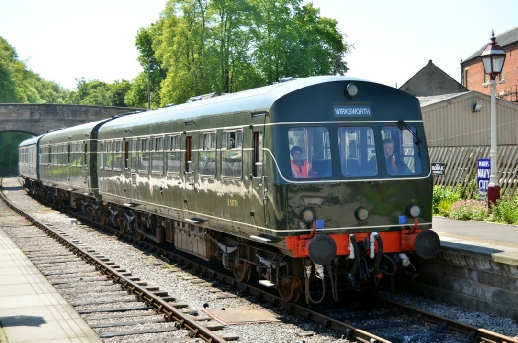
The DMU upon arrival at Wirksworth. The centre vehicle behind E50170 was 1957 Metro Cammel built TSL E59303. This is the one of only three Class 101 centre coaches in existence and the only surviving Metro-
More information on this vehicle at: E59303
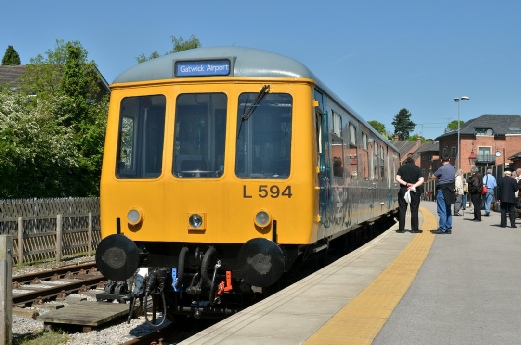
At he rear of the train was superbly restored Gloucester Railway Carriage and Wagon Driver Motor Brake Composite (DMBC) W51073.
This vehicle ended its working life on the Reading -
This is the only class 119 vehicle currently in working order.
More information on this vehicle at: W50173
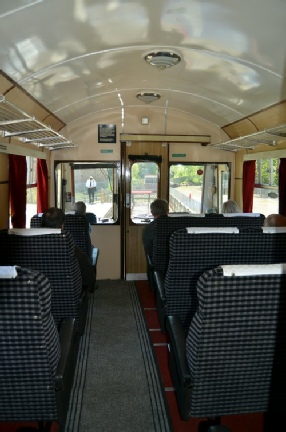
Many members chose to sit in the first class saloon of W50173 -
The very extensive restoration by the The Ecclesbourne Valley Railway DMU Group has included the ‘de-
An account of the refurbishment of this coach can be viewed at: Restoration of Class 119 Driving Motor Brake Composite W51073
Saloon-
The Class 122 single-
Originally built in 1959 for use on the London Midland Region, Western Region and in Scotland, many were transferred to departmental use as route learning cars relatively early in their career .
Six vehicles, 55000, 03, 05, 06, 09 & 12, were hastily moved to Plymouth Laira Depot in 1987, along with Class 101 and 108 vehicles, after the Laira Class 142 chocolate and cream ‘Skippers’ 142015-
Before the Class 122 moved to Laira they had their blue-
The Class 122s were ideal vehicles to work on the less busy Cornish branches on their own during the winter months as well as being used to supplement two car 101/108 formations when required. They also saw use on the Cornish mainline from Plymouth to Penzance -
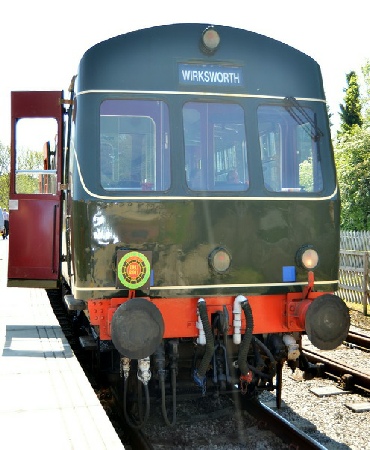
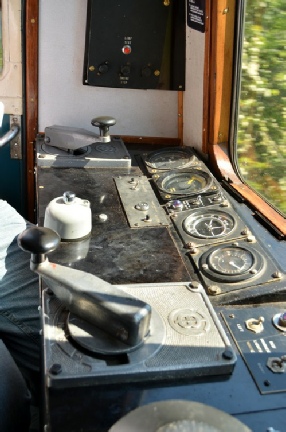
The restored driver’s desk on W50173
A trip along the line Duffield to Wirksworth
-
Departing from Duffield
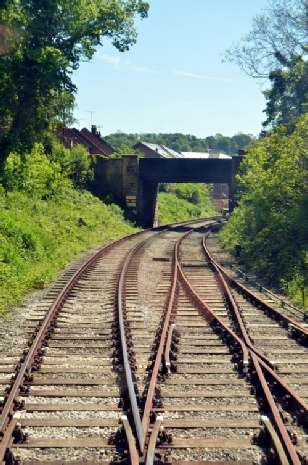
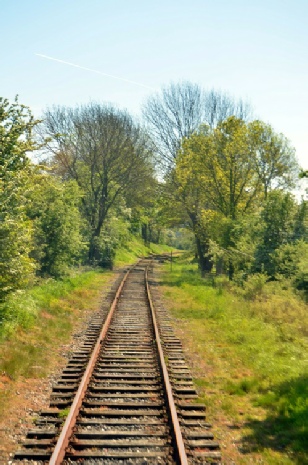
The very rural setting of the EVR
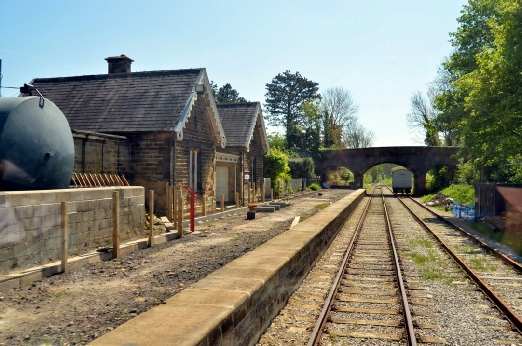
Shottle Station under restoration
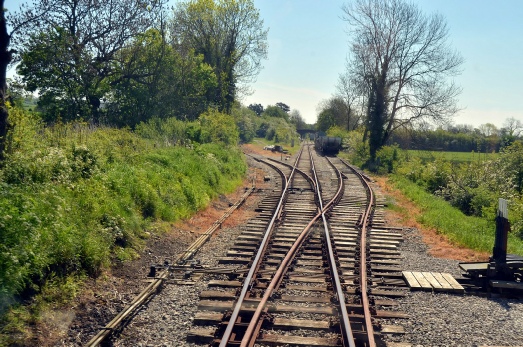
Ground frame between Shottel and Idridehay
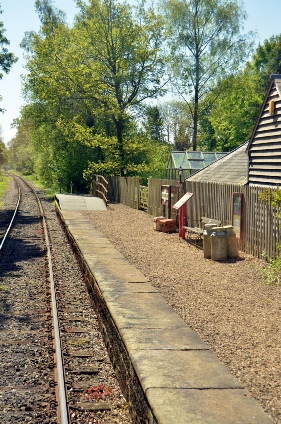
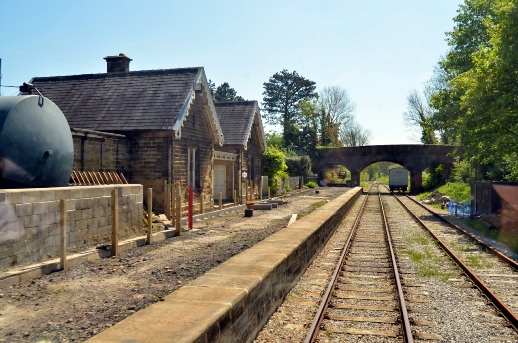
Milk churns on Idridehay station
Idridehay station
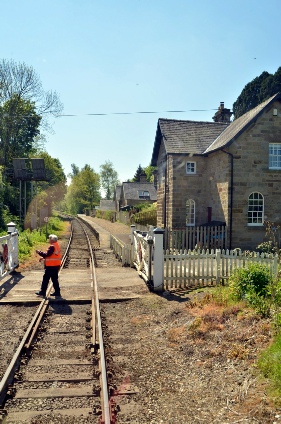
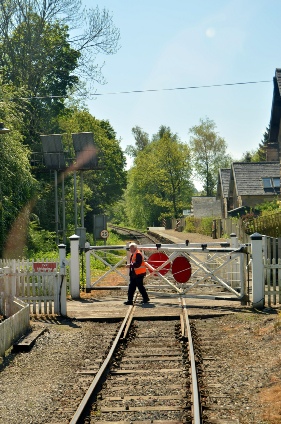
The level crossing was reopend to road traffic by the guard upon departure from Idridehay
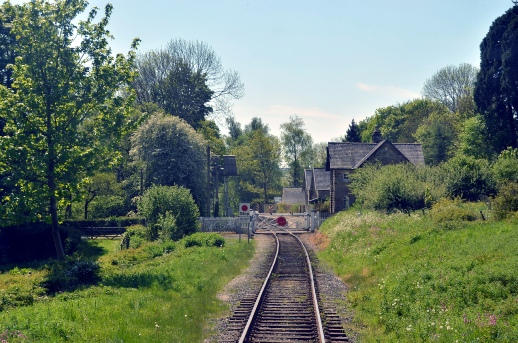
Leaving Idridehay
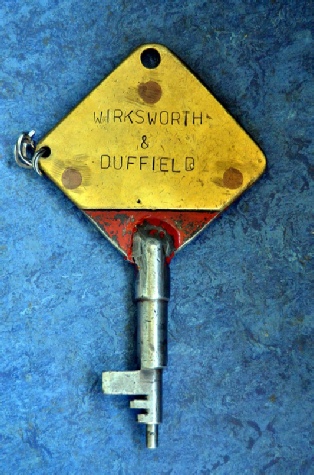
The token for the line between Wirksworth and Duffield
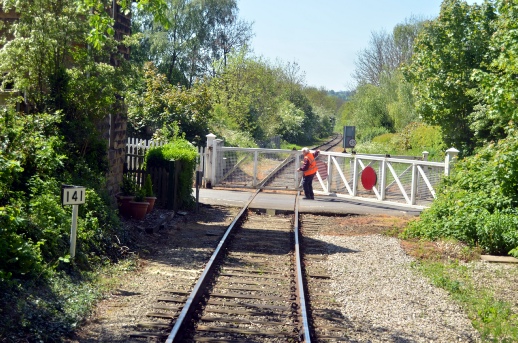
On the approach to Wirksworth, there is another train-
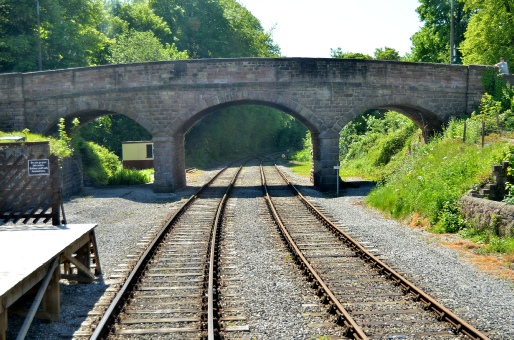
And finally the view towards Duffield upon arrival at Wirksworth.
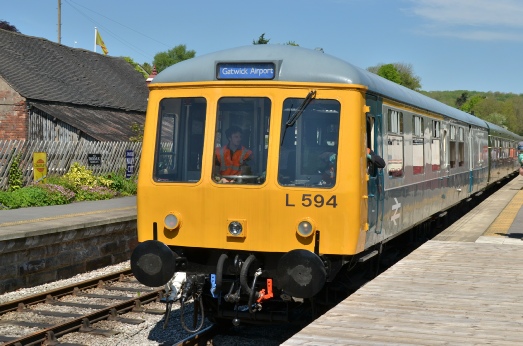
W51073 on arrival at Wirksworth. Note the Gatwick Airport destination blind!
This vehicle ‘won’ Railcar of the Year 2013 by the Railcar Association for defining all odds in returning to service after being in a very poor condition and heavily cannibalised.
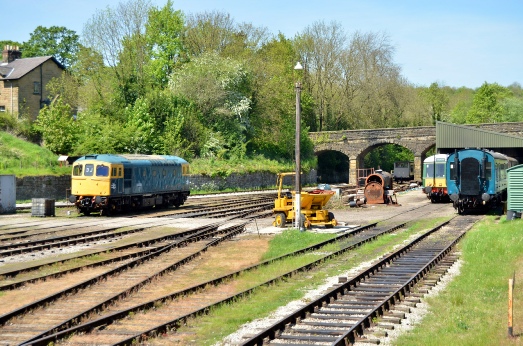
After the AGM there was an opportunity to travel up the hill from Wirksworth to Ravenstor Platform.
On the way we passed the yard -
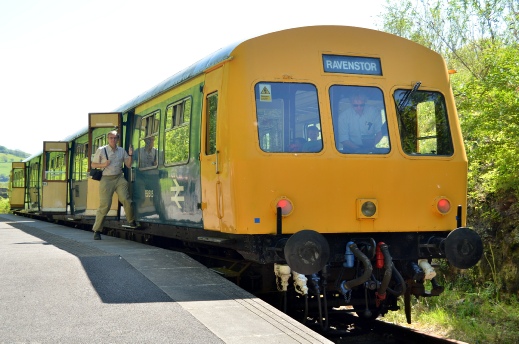
For the steep 1 in 27 climb up to Ravenstor, the train consisted of Class 101 power-
This view shows E51505 upon arrival at Ravenstor. This vehicle was built at Saltley in Birmingham by Metropolitan-
More information about this vehicle at: E51505
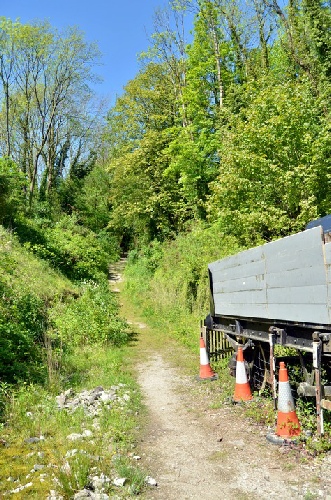
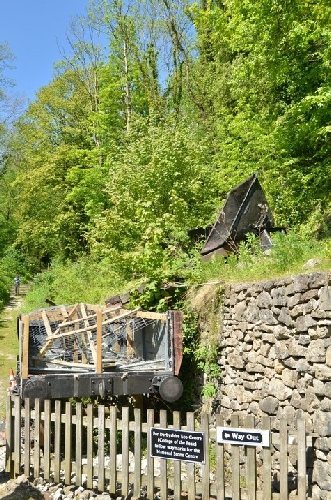
Ravenstor station was built by the Ecclesbourne Valley Railway and opened in September 2005.
These views show the view adjacent to the platform.
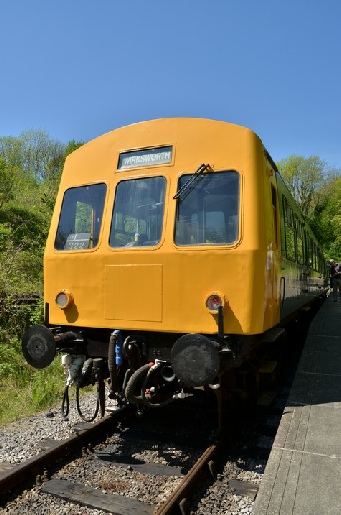

Metro Cammell vehicle E51188 waits to return to Wirksworth.
This vehicle was delivered to British Railways in October 1959 and was one of the last of the first generation DMUs withdrawn in 2001 of last being used in the Manchester area.
More information about this vehicle at: E51188
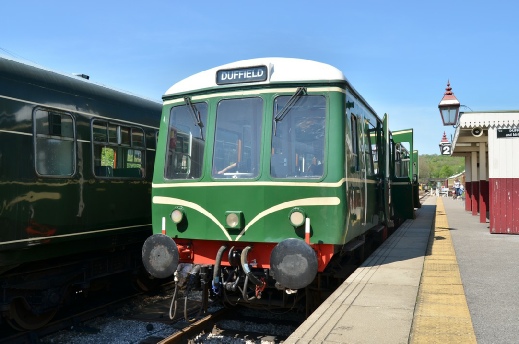
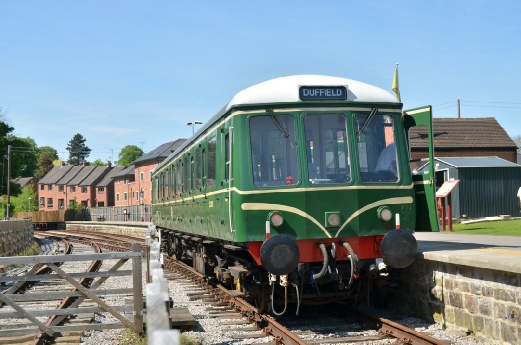
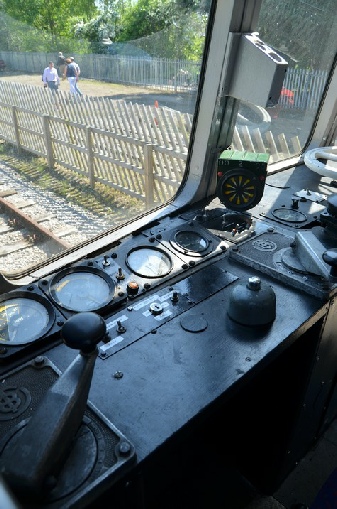
The return journey from Worksworth to Duffield was in Gloucester Railway Carriage & Wagon Class 122 ‘bubble car’ E55012.
This vehicle moved from the Ecclesbourne Valley Railway to the Weardale Railway shortly after our visit in May 2014.
E55012 upon arrival at Duffield.
E55012 was used by Loadhaul as a route learning vehicle after withdrawal from passenger service. Numbered as 977941 it was painted in the bold orange/black Load Haul livery. After coming out of use in 1998 it was stored for ten years before being preserved in 2009.
Unfortunately its interior was converted for route learning duties, so it is missing some items such as luggage racks and it is now not entirely in original passenger service condition.
More information about this vehicle at: E55012